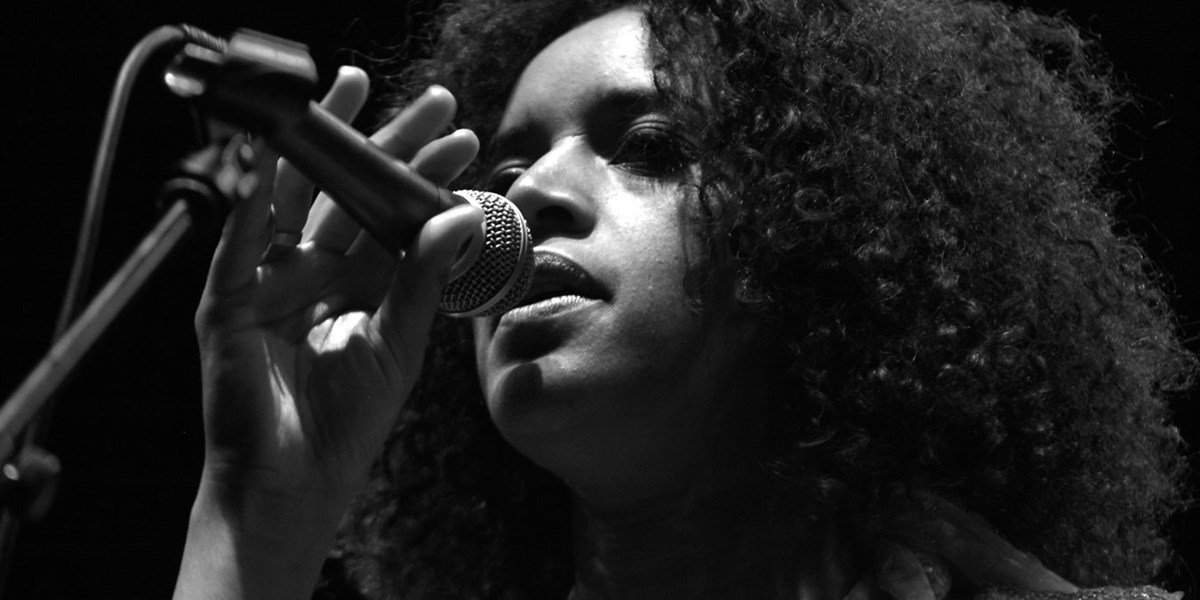Tuesday, July 17, 2018
The Rough Guide to World Music: Ethiopia
Explore the land of wax and gold, a country full of fascinating music, in this complete guide by Francis Falceto

Gigi (photo: Jak Kilby)

Register now to continue reading

Thanks for visiting the Songlines website, your guide to an extraordinary world of music and culture. Sign up for a free account now to enjoy:
- Free access to 2 subscriber-only articles and album reviews every month
- Unlimited access to our news and awards pages
- Our regular email newsletters

